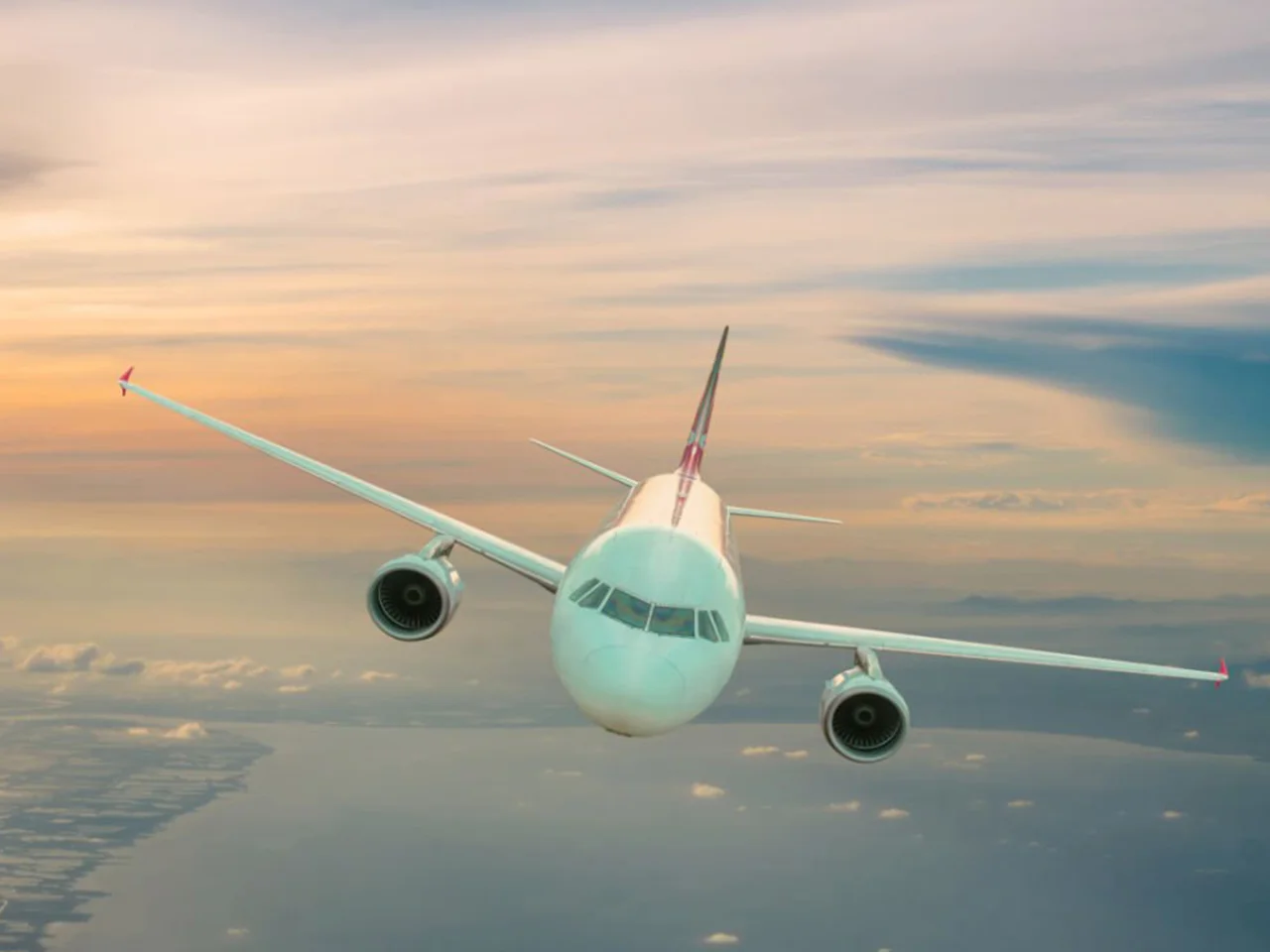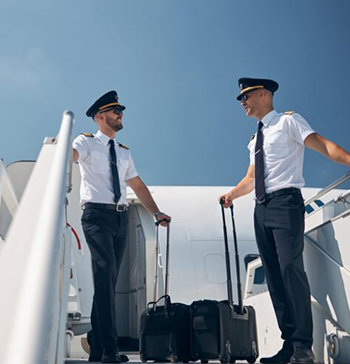
Pilot Training In Philippines For American Students
Why Aspiring American Pilots Choose to Fly Abroad for Training?
- Cost-effectiveness: The cost of flight training in the United States can be prohibitively high for many aspiring pilots. Factors such as fuel costs, aircraft rental rates, and instructor fees contribute to the overall expense. Seeking training abroad in countries with lower costs can significantly reduce the financial burden associated with pilot training.
- Availability of Training Slots: Flight schools in certain countries may have more available training slots compared to the United States. In the U.S., aspiring pilots often face long wait times due to high demand for training slots. Training abroad can offer quicker access to training opportunities, allowing students to complete their training in a more timely manner.
- Weather Conditions: Some regions offer more favourable weather conditions year-round, which is conducive to consistent flight training without weather-related delays. In the United States, adverse weather conditions can frequently disrupt flight training schedules, leading to extended training durations and increased costs. Training abroad in areas with more stable weather can help mitigate these challenges.
- International Experience: Training abroad provides aspiring pilots with exposure to different airspace, air traffic control systems, and aviation regulations. This international experience can be invaluable for those seeking careers in international aviation, as it prepares them to navigate diverse aviation environments and adapt to varying regulatory frameworks.
- High-Quality Training: Many flight schools abroad offer high-quality training programs that meet or exceed the standards of training available in the United States. Accredited flight schools in countries with robust aviation industries often employ experienced instructors, utilize modern training aircraft, and maintain rigorous training standards to ensure the competency and proficiency of their graduates.
Why American Students Choose the Philippines for Pilot Training?
- English Proficiency: English is widely spoken in the Philippines, making it easier for American students to communicate with instructors and fellow pilots. Clear communication is essential in aviation training, and the Philippines’ proficiency in English eliminates language barriers that may hinder learning in other countries.
- Cost Advantage: The Philippines offers competitive pricing for flight training, including lower aircraft rental rates and instructor fees compared to the United States. American students seeking cost-effective training options often find the Philippines to be an attractive destination for pursuing their pilot licenses.
- Favourable Weather: The Philippines boasts generally good weather conditions throughout the year, with consistent temperatures and minimal weather-related disruptions. This conducive weather allows for uninterrupted flight training, enabling students to progress through their training programs efficiently and effectively.
- Quality of Training: Many flight schools in the Philippines adhere to international standards of aviation training and are approved by aviation authorities such as the Civil Aviation Authority of the Philippines (CAAP). These schools offer comprehensive training programs that cover theoretical knowledge, practical flight instruction, and real-world scenario-based training, ensuring that students receive a well-rounded education in aviation.
- Cultural Experience: Studying in the Philippines provides American students with the opportunity to experience a different culture while pursuing their pilot training. Immersion in the local culture enriches the educational experience and broadens students’ perspectives, fostering personal growth and cultural appreciation.
Is the Philippines Positioned to Become the Top Pilot Training Destination for American Students?
While the Philippines offers numerous advantages for pilot training, it may not necessarily become the top destination for all American students. Factors such as individual preferences, visa regulations, and personal circumstances will influence students’ choices of training location. However, the Philippines has the potential to attract a significant number of American students due to its cost-effective training programs, favourable weather, and high-quality training facilities.
Can an American Become a Pilot in the Philippines (PH)?
Yes, Americans can pursue pilot training in the Philippines. The country welcomes international students for pilot training, and many flight schools accept students from around the world, including the United States. As long as American students meet the eligibility criteria set by the Civil Aviation Authority of the Philippines (CAAP), they can enroll in pilot training programs offered by accredited flight schools in the Philippines.
How Much Does it Cost to Study Pilot in the Philippines for American Students?
The cost of studying for a pilot license in the Philippines varies depending on several factors, including the type of license (e.g., Private Pilot License, Commercial Pilot License), the flight school chosen, and individual training needs. On average, the cost of obtaining a Private Pilot License (PPL) in the Philippines ranges from $6,000 to $10,000, while the cost of obtaining a Commercial Pilot License (CPL) can range from $25,000 to $40,000. These costs include tuition fees, aircraft rental fees, instructor fees, study materials, and examination fees.
Who is Eligible for Pilot Training in the Philippines?
Generally, anyone who meets the medical and age requirements set by the Civil Aviation Authority of the Philippines (CAAP) is eligible for pilot training in the Philippines. This includes American students who meet the specified criteria for the desired pilot license. Additionally, international students may need to obtain the necessary visas and permits to study in the Philippines legally.
Is the Philippines a Good Country for Pilot Training for American Students?
The Philippines can be a suitable country for pilot training for American students due to various factors such as cost-effectiveness, favourable weather conditions, high-quality training facilities, and English proficiency. However, the suitability of the Philippines as a training destination may vary depending on individual preferences and circumstances. American students should carefully consider their priorities and research different training options to determine whether the Philippines meets their needs and expectations.
Which Country is Cheapest for Pilot Training for American Students?
The cost of pilot training varies from country to country, and what is cheapest for one student may not be the same for another due to factors such as exchange rates, visa requirements, and individual training needs. However, some countries are known for offering relatively low-cost pilot training options, including the Philippines, South Africa, and certain Eastern European countries. American students seeking affordable training opportunities should research different countries’ training programs and compare costs to find the most cost-effective option that meets their needs.
Overseas Pilot License Conversion – Convert Philippines License into American License
The process of converting a pilot license obtained in the Philippines into an American license involves several steps and requirements set by the Federal Aviation Administration (FAA) in the United States. These steps typically include:
- Verification of Foreign License: The FAA requires verification of the foreign pilot license by the Philippine Civil Aviation Authority (CAAP) to ensure its authenticity and validity. This verification process confirms that the foreign license meets the FAA’s standards and requirements for license conversion.
- English Proficiency: Demonstration of English language proficiency may be required if it was not previously demonstrated during the foreign license issuance process. The FAA may assess applicants’ English language skills through interviews, written tests, or other means to ensure their ability to communicate effectively in English, which is essential for safe aviation operations.
- Knowledge and Practical Tests: Depending on the type of license being sought in the United States (e.g., Private Pilot Certificate, Commercial Pilot Certificate), applicants may need to pass knowledge tests and practical flight tests administered by the FAA. These tests evaluate applicants’ aeronautical knowledge, flying skills, and ability to operate aircraft safely and proficiently in accordance with FAA regulations and standards.
- Medical Certificate: A valid medical certificate issued by an FAA-approved Aviation Medical Examiner (AME) is required for all pilot applicants in the United States. Applicants must undergo a medical examination to assess their physical and mental fitness for piloting aircraft. The medical certificate ensures that pilots meet the FAA’s health and fitness standards to ensure safe aviation operations.
- Documentation: Applicants must submit required documentation, including the verified foreign pilot license, logbook records, and other relevant paperwork, to the FAA for license conversion. This documentation provides evidence of applicants’ qualifications, experience, and eligibility for the desired pilot certificate or rating in the United States.
- Fee Payment: Payment of applicable fees for license conversion and examination fees is required as part of the conversion process. The FAA may charge fees for services such as license verification, knowledge tests, practical tests, and issuance of the pilot certificate or rating. Applicants should be prepared to pay these fees to complete the license conversion process successfully.
Overall, the process of converting a pilot license obtained in the Philippines into an American license requires careful preparation, documentation, and compliance with FAA requirements. By following the necessary steps and meeting the established criteria, pilots can obtain FAA-issued pilot certificates or ratings that allow them to fly aircraft legally and safely in the United States.
Free Career Guide

Want to find out more about our pilot courses?
Download our free eBook to learn all about pilot training in the Philippines, including the qualifications needed, the training process, available courses, and career opportunities. Find out how you can take the first step toward a rewarding career in aviation.






